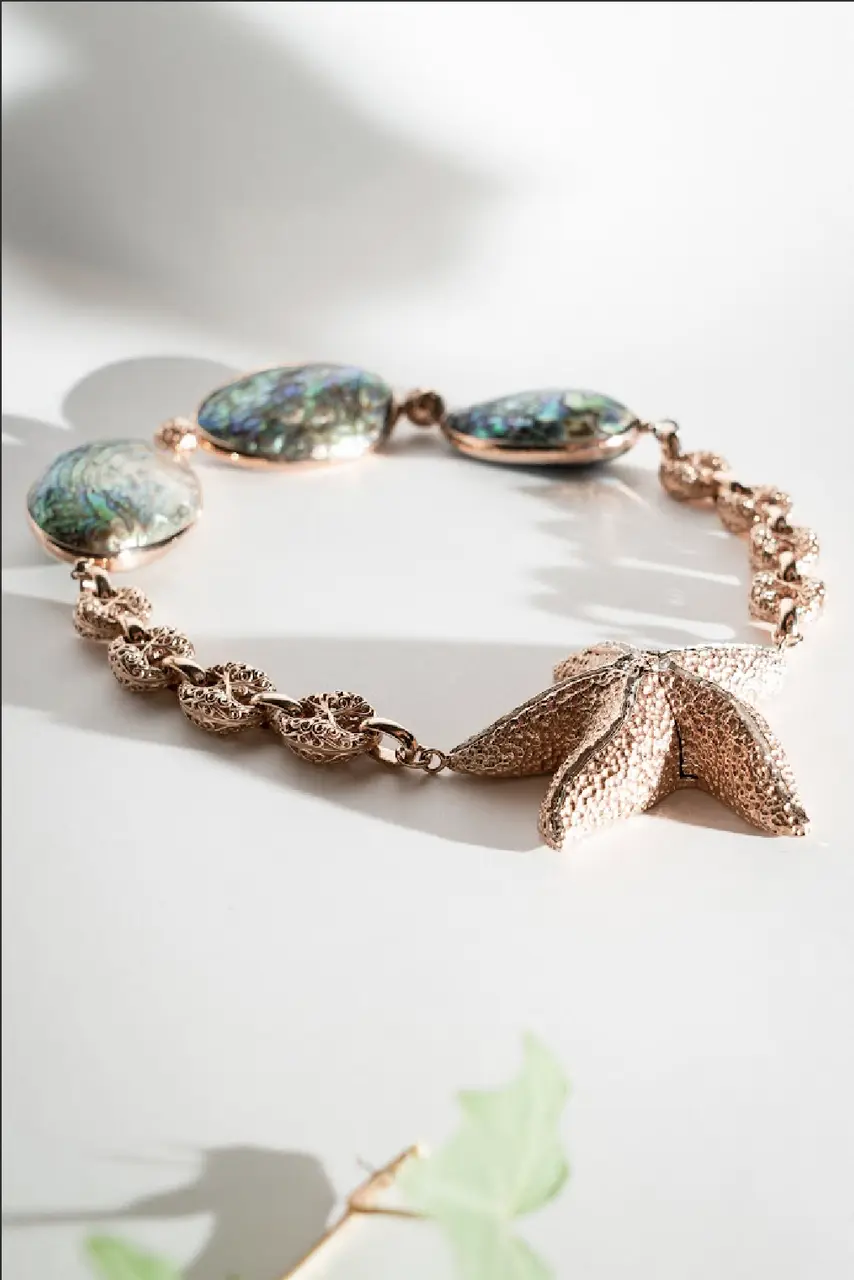Are Handcrafted Earrings Environmentally Friendly?
In today’s world, many of us are becoming more conscious of the environmental impact of our choices. Jewelry, particularly handcrafted earrings, has gained popularity. But are these beautiful pieces truly sustainable? Let’s explore the environmental friendliness of handcrafted earrings.
What Makes Jewelry Environmentally Friendly?
Environmental friendliness in jewelry typically involves using sustainable materials, ethical sourcing, and eco-friendly production methods. Understanding these factors is crucial when evaluating any piece of jewelry, including handcrafted earrings. But what exactly does this mean? Let’s delve into the details.
Sustainable materials play a pivotal role in defining eco-friendly jewelry. For example, using recycled metals significantly reduces the need for new mining, which can lead to habitat destruction and pollution. Ethical sourcing ensures that the labor involved in the jewelry’s creation is fair and humane, free from exploitation or unsafe working conditions. Additionally, eco-friendly production methods aim to minimize waste and reduce the carbon footprint associated with crafting jewelry.
One key aspect is the transparency of the supply chain. As highlighted by SCS Global Services, knowing where and how the materials are sourced can significantly affect the environmental impact of jewelry. Brands that provide supply chain transparency often adhere to higher ethical and environmental standards.
Adopting practices such as zero waste programs and using eco-friendly packaging also contribute to the overall sustainability of jewelry. By focusing on these elements, brands can create a more responsible and environmentally conscious product.
Materials Used in Handcrafted Earrings
The materials used to create handcrafted earrings greatly impact their environmental footprint. Artisans often use recycled metals, sustainable wood, and natural gemstones, all of which can be more eco-friendly choices compared to conventional jewelry materials. Recycled metals, for instance, reduce the need for mining, which is often associated with significant environmental harm.
Production Process and Its Environmental Impact
The production process of handcrafted earrings is typically more sustainable compared to mass-produced jewelry. This is because handcrafted pieces are often made in small batches or on-demand, reducing waste and energy consumption. By working on a smaller scale, artisans can also ensure more meticulous attention to detail and less material wastage.
An important consideration in production is the method used to create the piece. Techniques such as wax carving, often employed in handcrafted jewelry, have a long tradition and involve fewer chemicals and less energy-intensive procedures compared to some modern manufacturing processes. You can read about such methods in Samantha Siu’s Jewelry Through the Wearing Experience, where artisanal craftsmanship is celebrated.
How to Make Informed Choices When Shopping for Jewelry
To ensure you’re buying environmentally friendly handcrafted earrings, look for certifications, inquire about the materials and processes used, and support brands known for their commitment to sustainability. Doing so helps you make a positive impact with your purchases.
Don’t hesitate to ask jewelers about the origins of their materials and their production practices. Reputable brands will be transparent about their sources and will be happy to share information on how they ensure their operations are sustainable and ethical.
Supporting brands that are committed to sustainability is crucial. For example, if you’re interested in a brand like Samantha Siu, you can learn more about their sustainable and ethical practices by visiting their Q & A section, which provides insights into their dedication to creating environmentally friendly jewelry.
Final Thoughts
Handcrafted earrings can indeed be environmentally friendly, especially when artisans prioritize sustainable materials, ethical sourcing, and eco-friendly production methods. By making informed choices about the jewelry we buy, we can support both the environment and talented artisans around the world.

